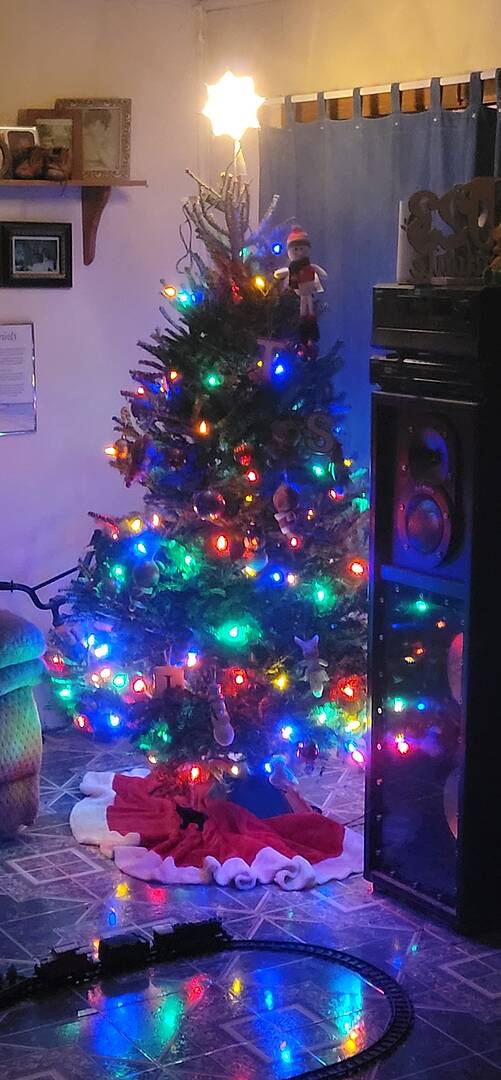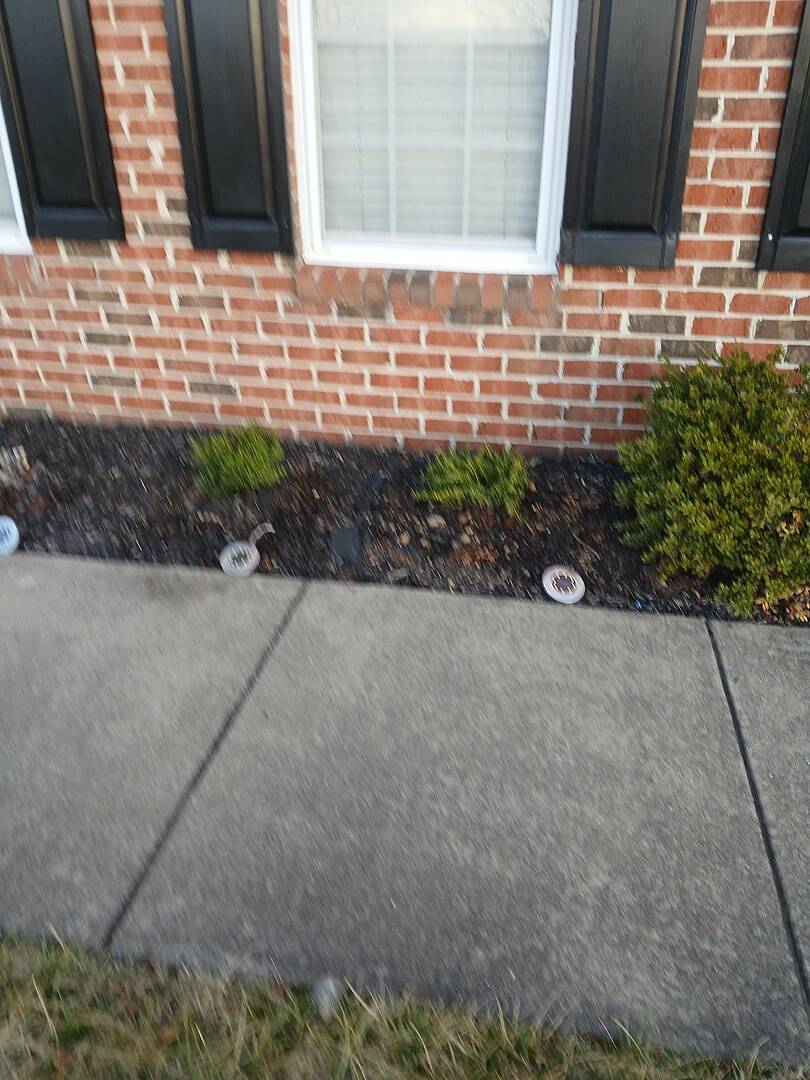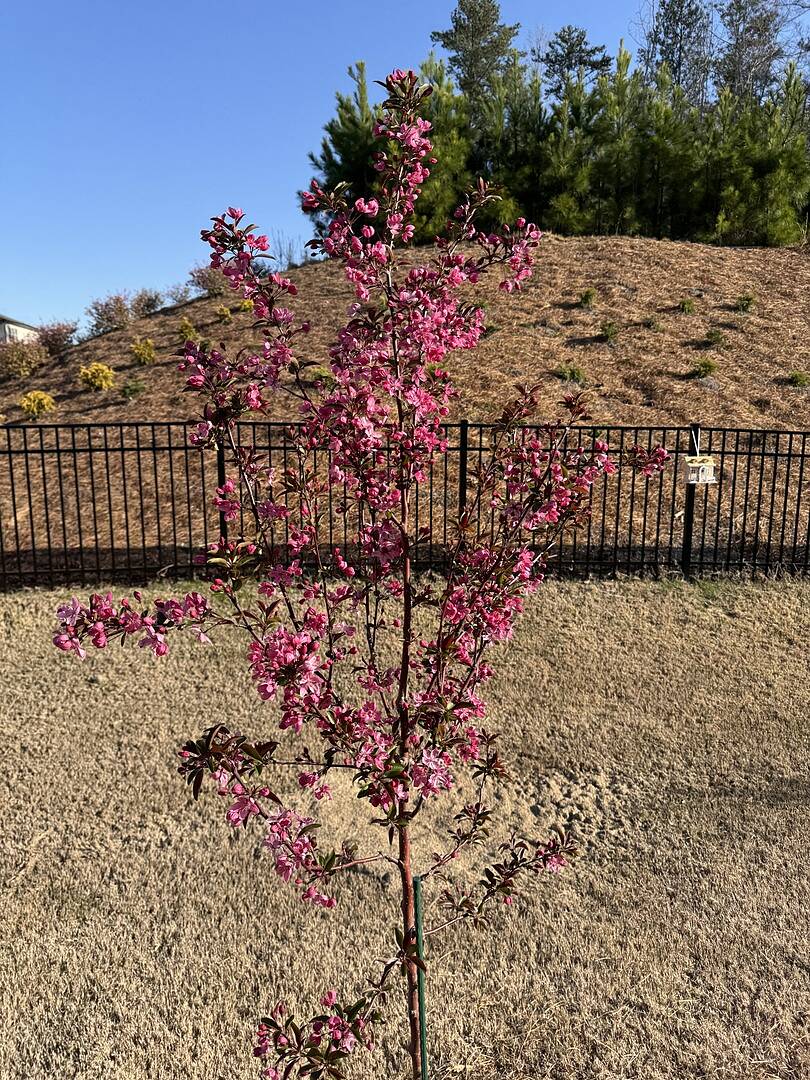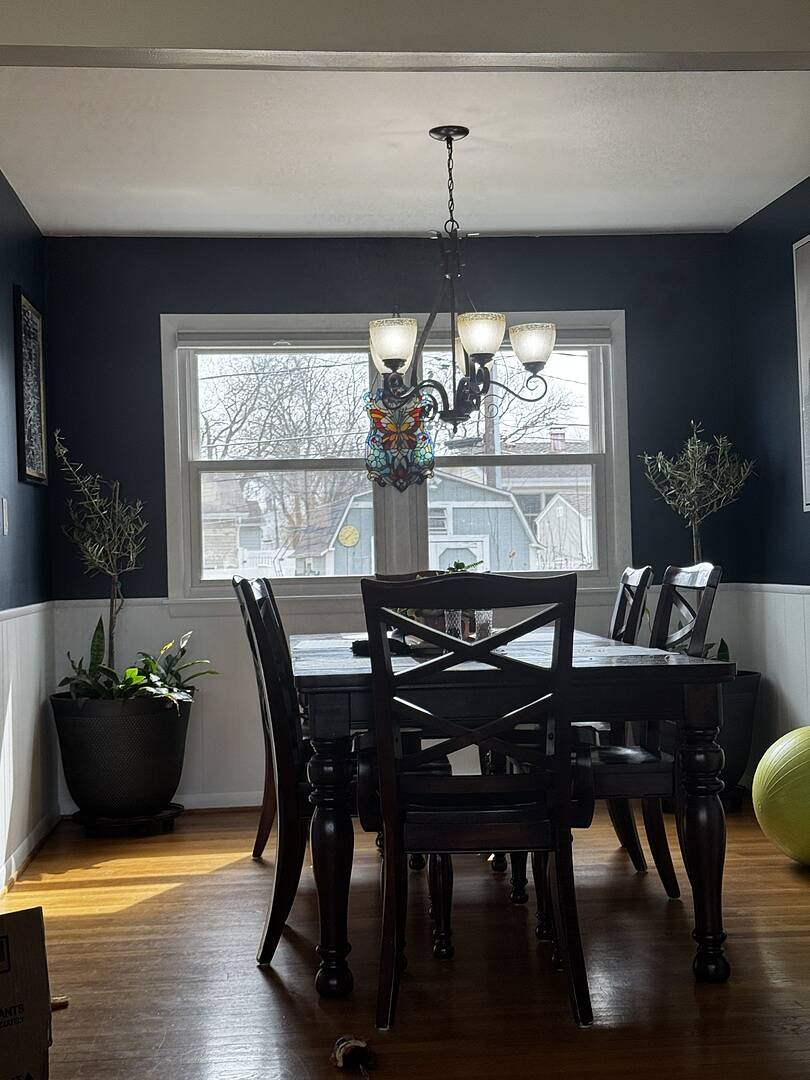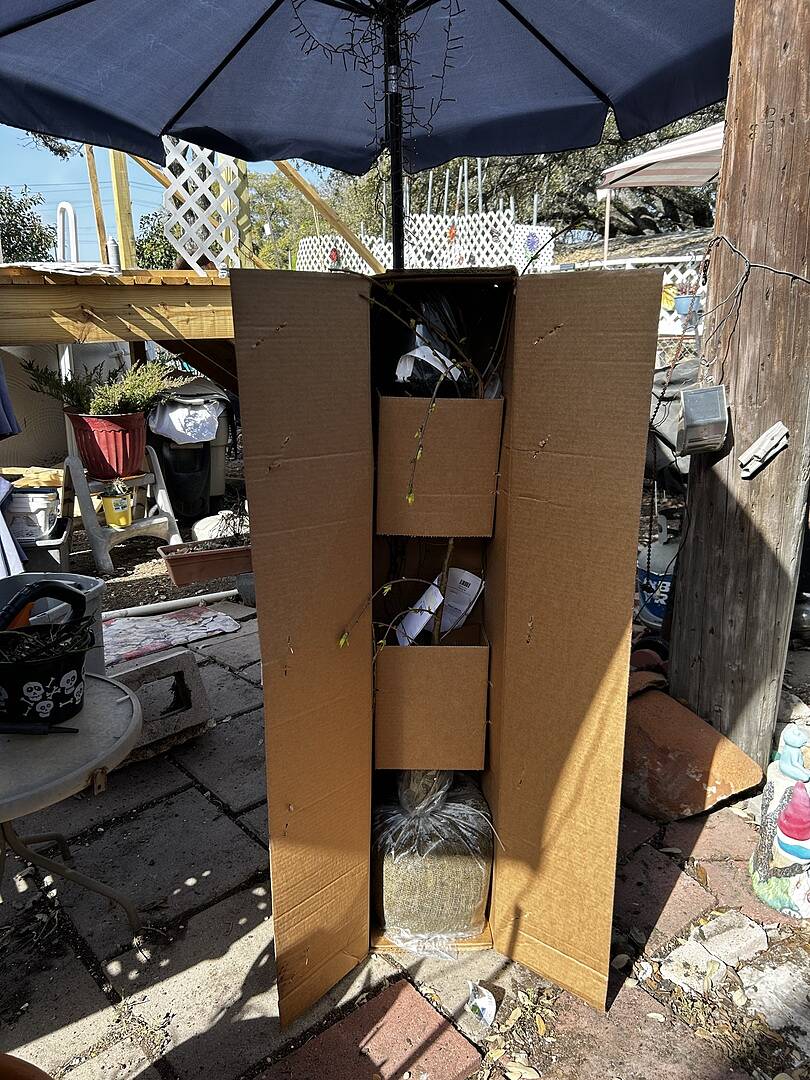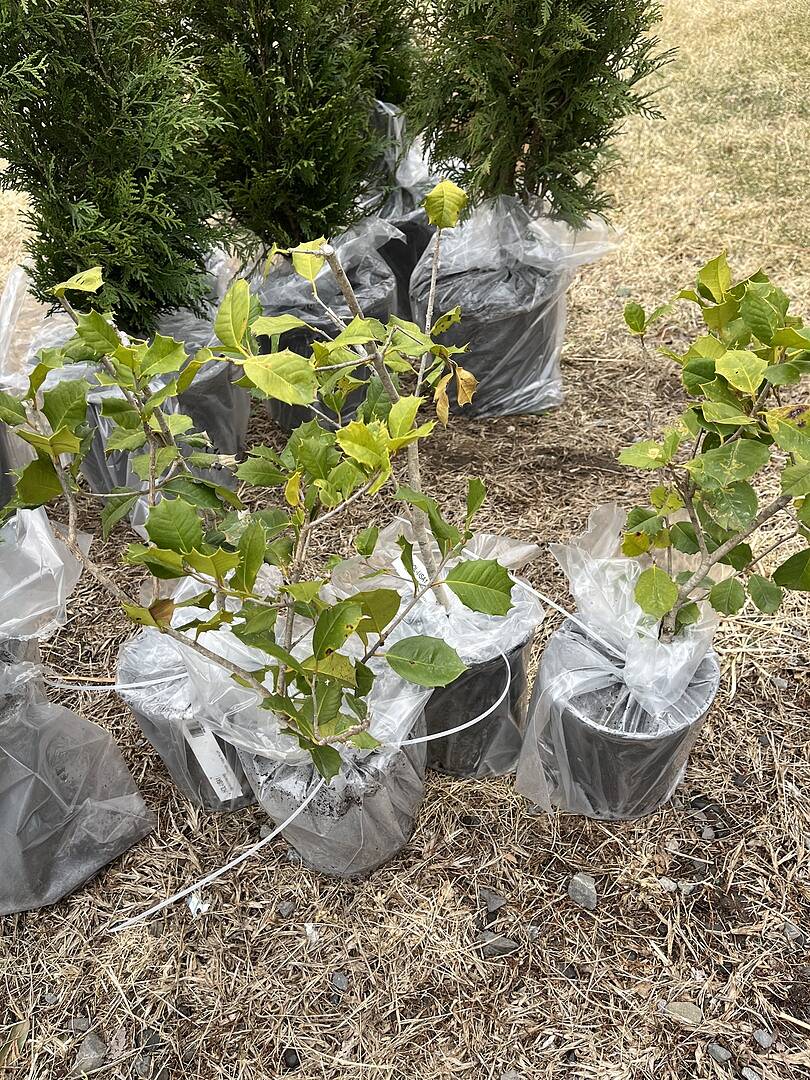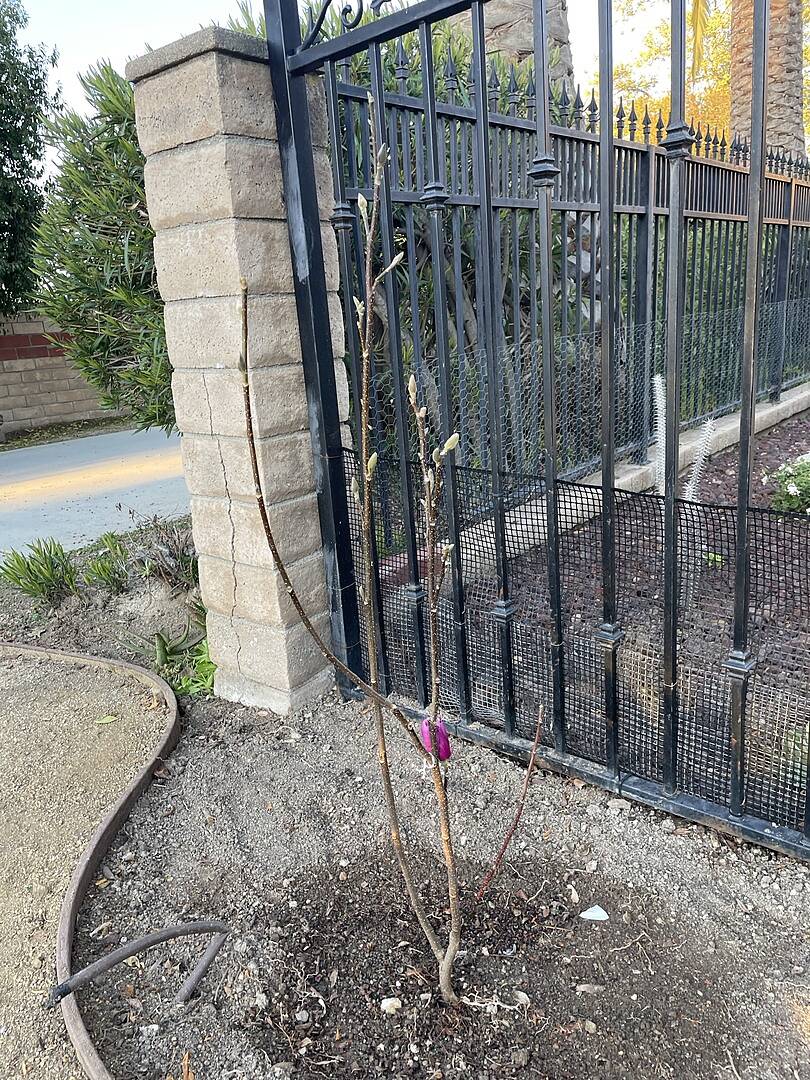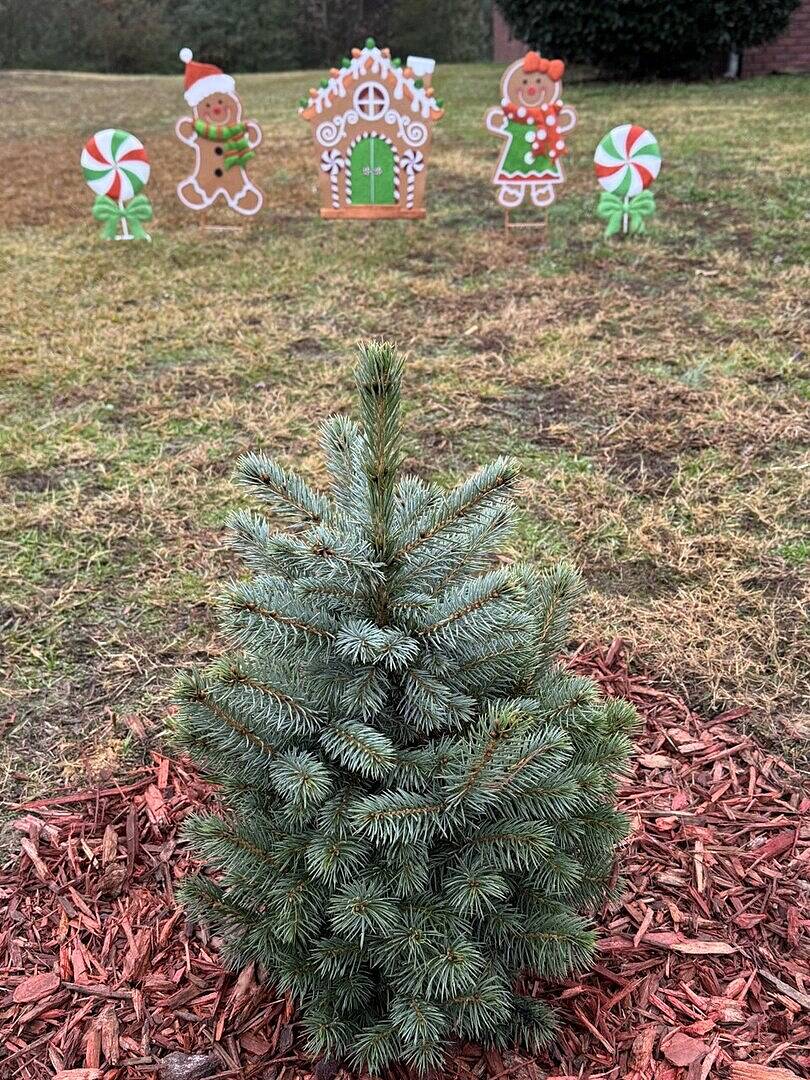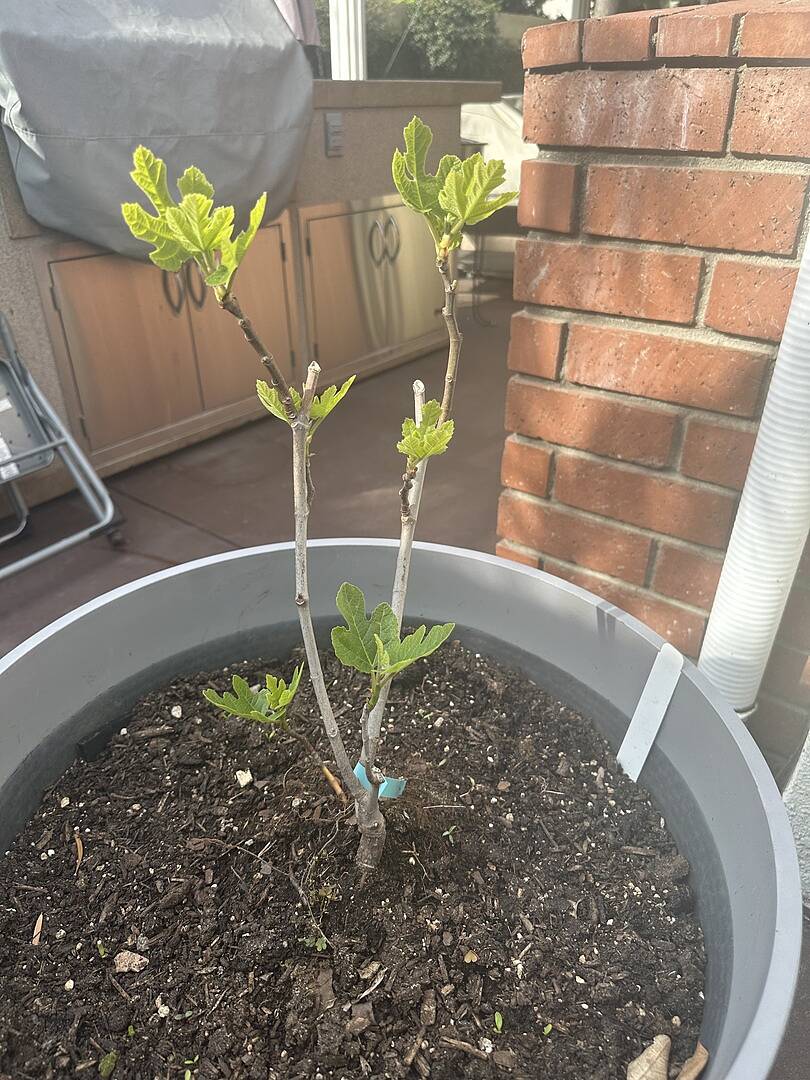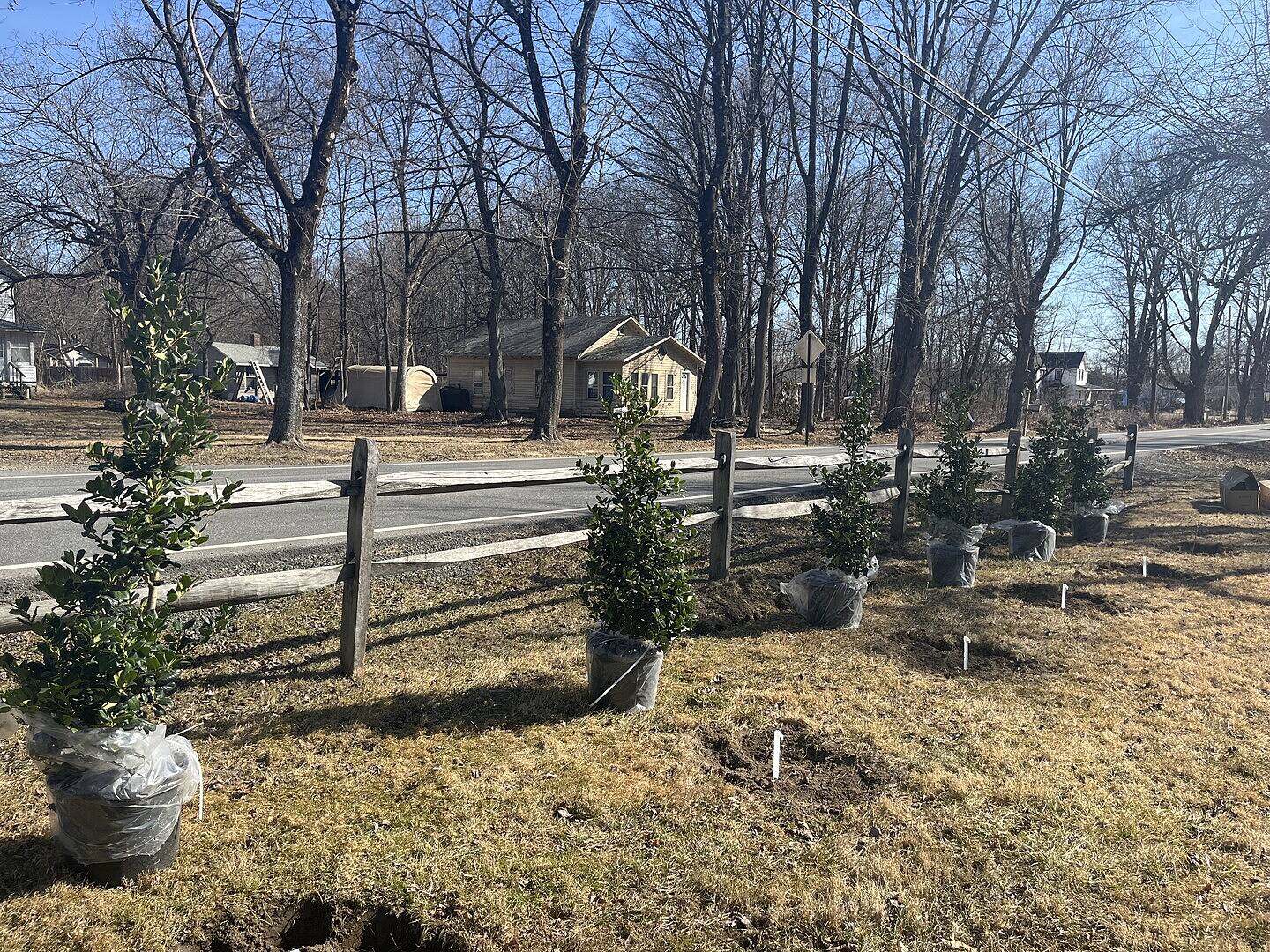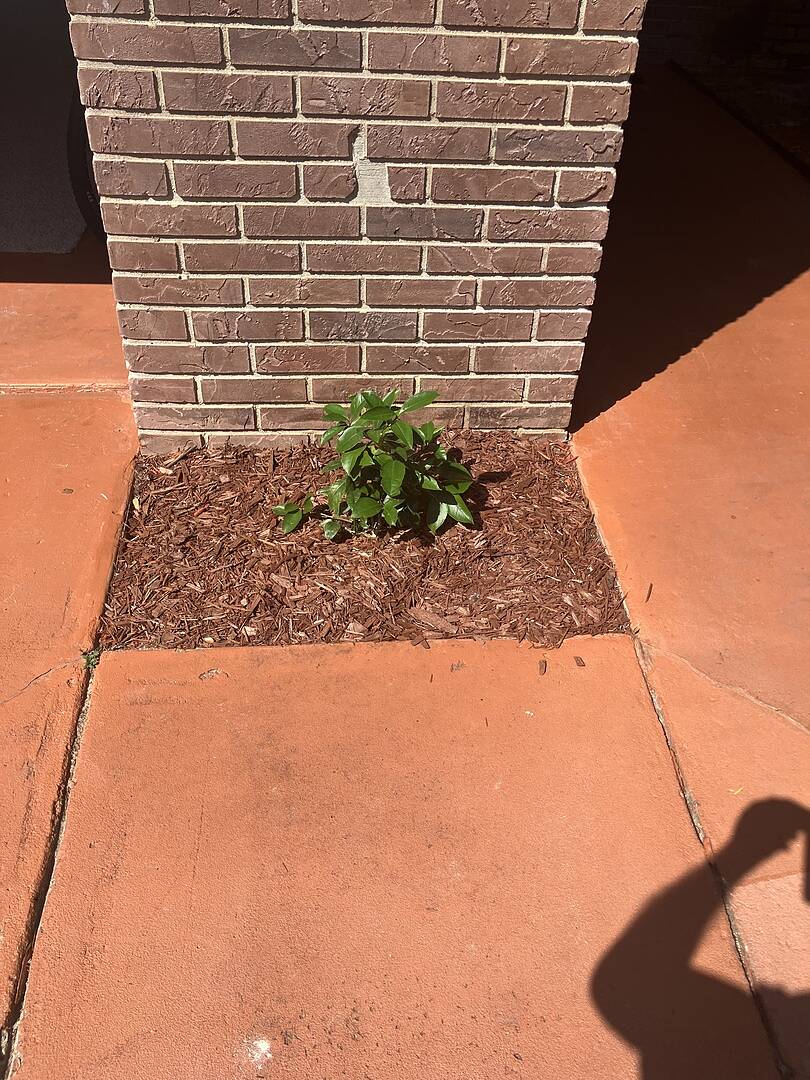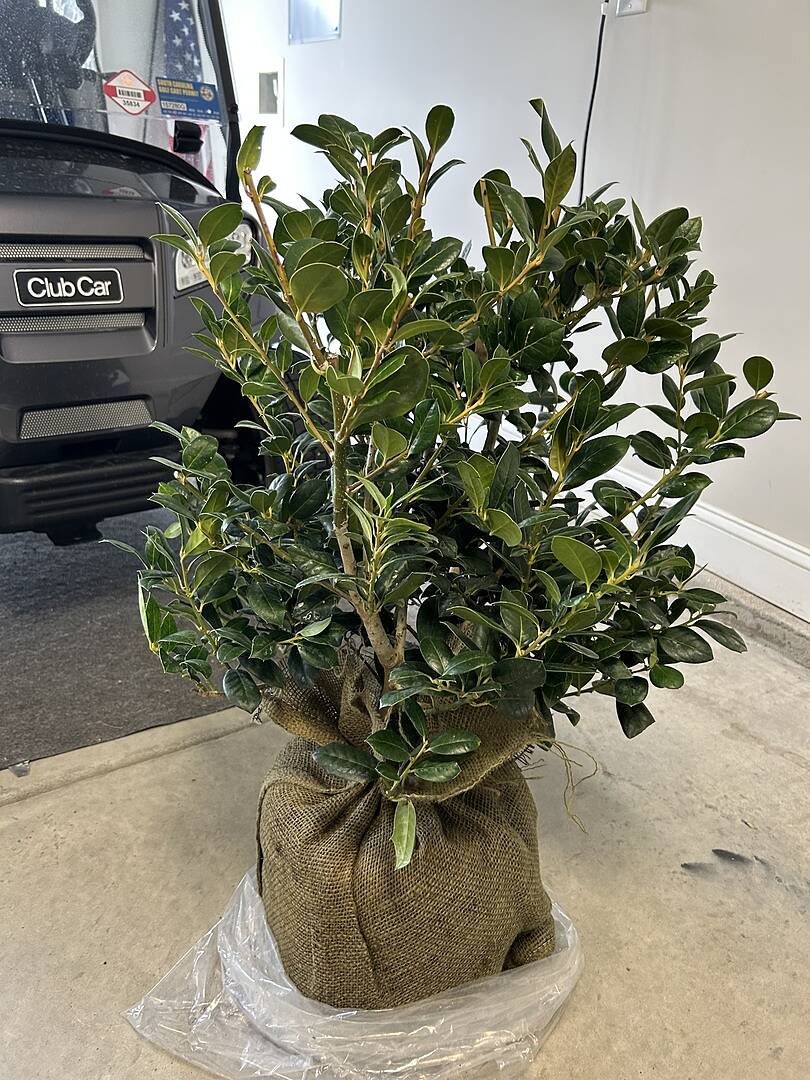7 Sustainability Tips You Can Use Now

Last updated: Apr 20 2023

From recycling trash to carpooling with friends, living sustainably all comes down to those small, everyday choices. But did you know there are ways to care for the earth while caring for your yard?
Keep reading to get 7 practical tips you can start using today to make your landscape habits more eco-friendly!
#1: Get a rain barrel.
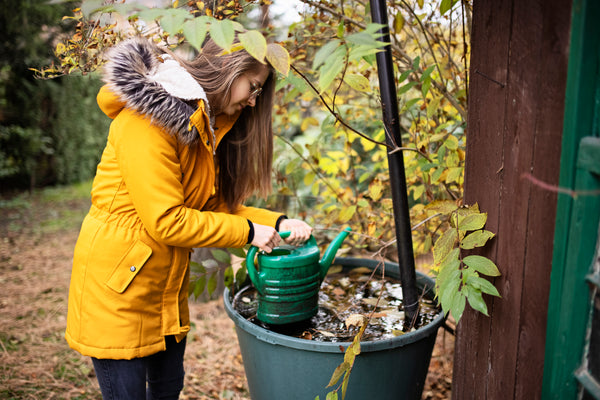
Rain barrels, as their name suggests, collect rain, so you can reuse it to water your landscape long after the clouds have blown away. They’re great for areas that experience prolonged periods of drought, but they can be used no matter where you live.
The styles and functionality of rain collection devices vary greatly—some are even made to blend into the landscape to be more discreet. Not only do they cut down on your water usage, but they also save you money on your monthly bill!
FGT Pro Tip: Check with your state, city, and county’s rain collection laws (and your HOA if you have one) before investing in this item. Some places may charge a fee for rain collection—others may not allow the practice at all. For other water-saving options, see suggestion #3.
#2 Get smart about yard waste.
Sick of bagging your grass clippings, fallen leaves, and pine needles? What if we told you there’s another way—and that it’s more sustainable. Here’s how you can take advantage of yard debris while also giving back to nature.

Grass Clippings
Leave the bag off the mower, and let the grass spread evenly around your lawn as you go. In about a week, the clippings will break down and feed your lawn to make it greener and lusher.
Don’t like the look of grass clippings on the lawn? Collect and add them to your compost pile to layer in between dried brown material, like leaves.
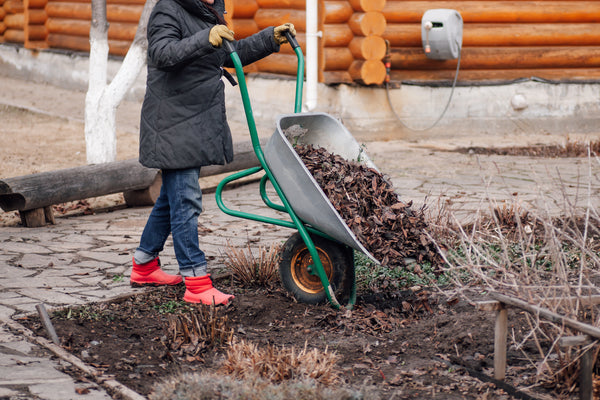
Fallen Leaves
From balancing your compost pile to mixing leaves into your soil, the uses of fallen leaves are endless. Consider the following tricks:
- Mix leaves into your garden soil to reduce compaction (make the soil looser) and provide nutrients for your plants.
- Place leaves on top of the soil around your plants to suppress weeds and regulate the moisture and temperature of roots.
- If you have extra room, rake them into a pile and move them aside with a tool like this so they can decompose into nutrient-rich soil.
FGT Pro Tip: In general, but especially if allowing them to decompose in a pile, make sure you’re only using dry and fungal-free leaves to prevent spreading spores.
Pine Needles
Use fallen pine needles as ground cover or to fill in sparse areas of your yard. They last longer than mulch, resist washing away in heavy rains, and will enrich the soil over time. You can also layer them on top of perennials like peonies to help insulate the ground in colder areas.
FGT Pro Tip: Pine needles make soil more acidic, which is the preferred condition for plants like evergreens, gardenias, and blueberries. If you don’t have enough fallen pine needles in your yard, you can also get extra pine needles shipped to you.
#3: Save water with eco-friendly tools.

- Check your sprinklers and hoses to make sure they’re not damaged. Even a small leak can lead to lots of wasted water over time. Replace them if necessary.
- Invest in watering devices like the tree gator, which slowly drips water onto your trees’ roots. You may also purchase a drip line hose to provide that slow-release watering for more than one plant.
- If using a watering can or simple hose, remember the rule: “low and slow.” When watering, imagine gentle rain. If your water stream displaces the soil, turn the pressure down. Many plants absorb water slowly, so dumping too much water at once will only lead to waste.
#4: Read labels carefully.

An important way to support the environment is to support biodiversity (a.k.a. All the living things from microorganisms to the plants and birds in the sky). Before using any product like fertilizer, read the labels fully. This helps reduce over-usage, keeps you safe, and means fewer chemicals in the environment.
You can also look into friendlier substitutions by reading labels for fertilizers, fungicides, pesticides, and herbicides. One of our favorite substitutions is using vinegar in place of herbicides, like Roundup, for pesky weeds along walkways and driveways.
#5: Use cardboard boxes to suppress weeds.

Weed cloths work well, but they’re not your only option for dealing with weeds! Instead, use your cardboard boxes (maybe the ones your FastGrowingTrees plants arrived in)! This is a great way to recycle, suppress weeds, and save money.
- First, gather old cardboard and break it down, removing all tape and staples.
- Position your cardboard in your garden beds to cover the area as fully as possible. Use a box cutter to create the necessary shape, just as you would with weed cloth.
- Once the cardboard is where you want it, cover it with a thick layer of mulch or pine needles. Boom—you’re done! Over time, the cardboard will break down into your soil.
Check out this step-by-step tutorial by our friend Michelle (@gardensandchickens) in which she explains how she uses her FastGrowingTrees boxes to tame weeds.
#6: Participate in local sustainability efforts.
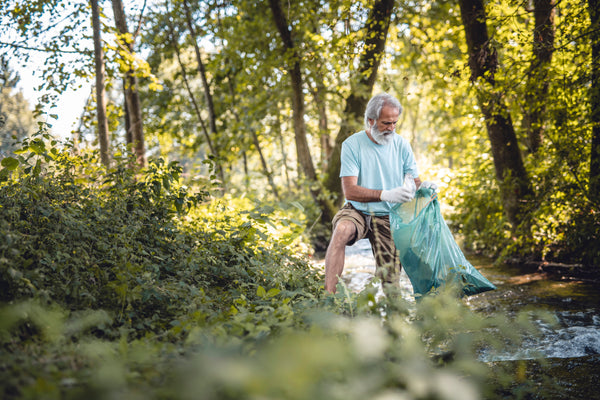
Still looking for more ways to help Mother Nature beyond your yard? Look out for local sustainability projects like creek clean-up efforts or volunteer community green space landscaping events.
Explore what initiatives your community has to offer—and remember, if everyone did a little, the world would benefit a lot!
#7: Don’t try to do everything at once.
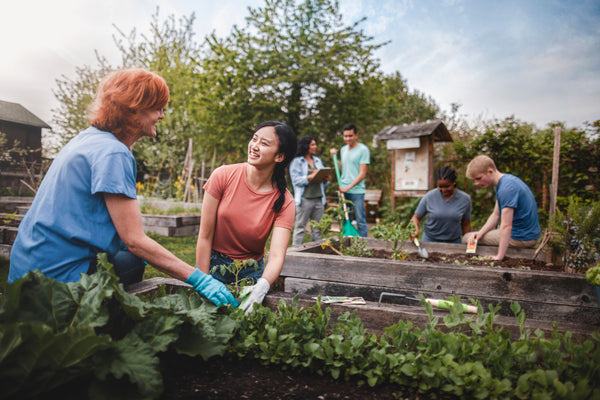
It can be hard to live sustainably. So, be sure to take things one step at a time. While it’s worthwhile to fit more eco-friendly activities into your everyday life, don’t feel like you have to do it all.
This list is just a way to get started on your sustainability journey. Once you’ve mastered the simple habits, then start looking out for new opportunities and share with others what works for you.
If you have any questions about how you can support the earth this spring and every season moving forward, please reach out to our plant experts for help!

Written by
Meredith Gaines
Meredith's love for plants started at a young age, and only grew when she started working in the Desert Exhibit at the South Carolina Botanical Gardens and the Historic Filoli Estate in the Bay Area. After graduating from Clemson University (GO TIGERS!) with a degree in Biology and Horticulture, she found her niche in the FastGrowingTrees.com family as a horticulturist and has grown in her current role as Senior Plant Expert.
She currently resides in her hometown of Charlotte, North Carolina, and enjoys spending any time she can outdoors. She learns new things about plants every day and loves sharing her plant knowledge and tips with those around her. Her favorite plant is constantly changing, but her long-time favorites are peonies, oak trees, and ferns.
Featured Product

Tri-Color Dappled Willow
367 reviewsStarting at $24.95

















